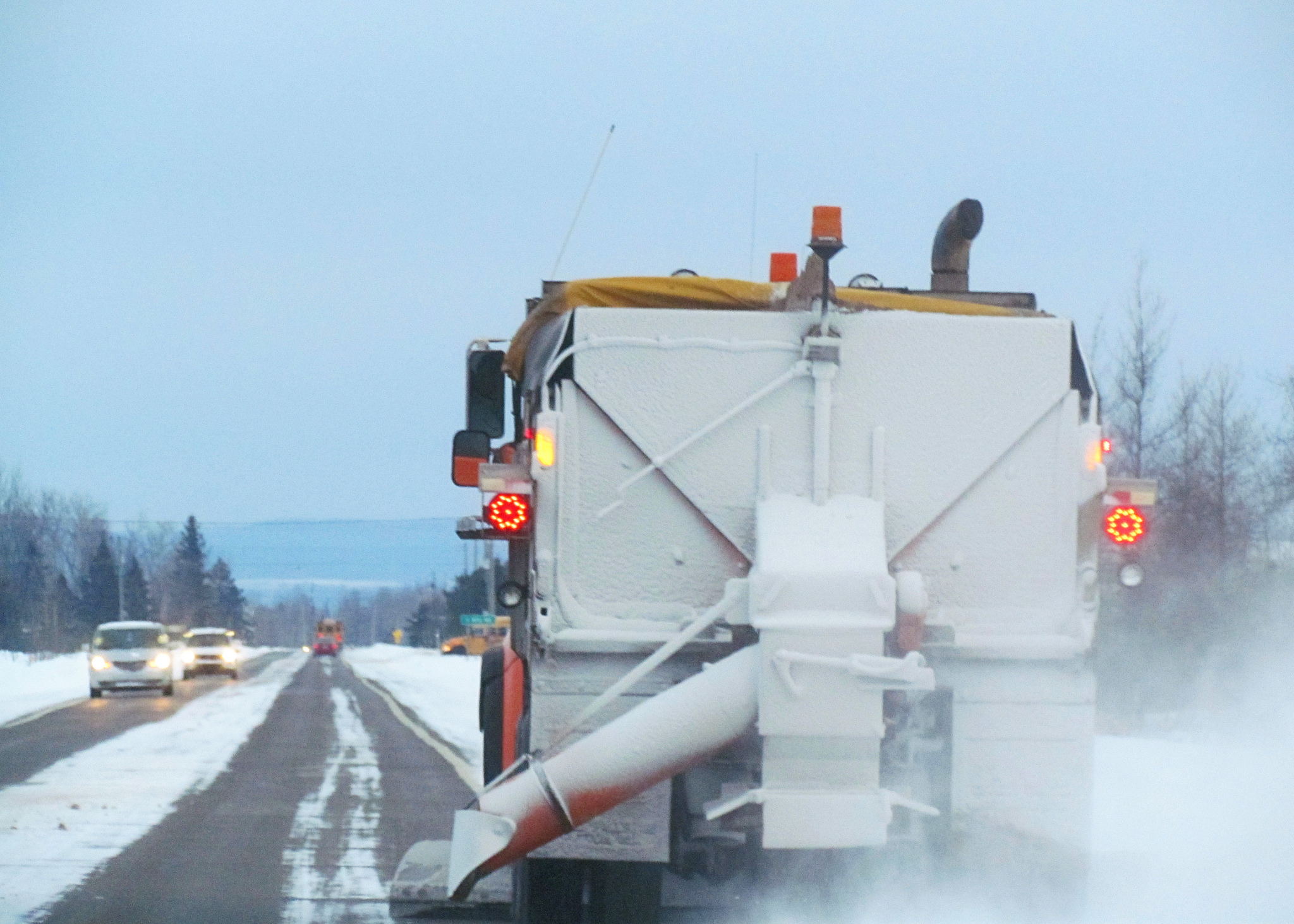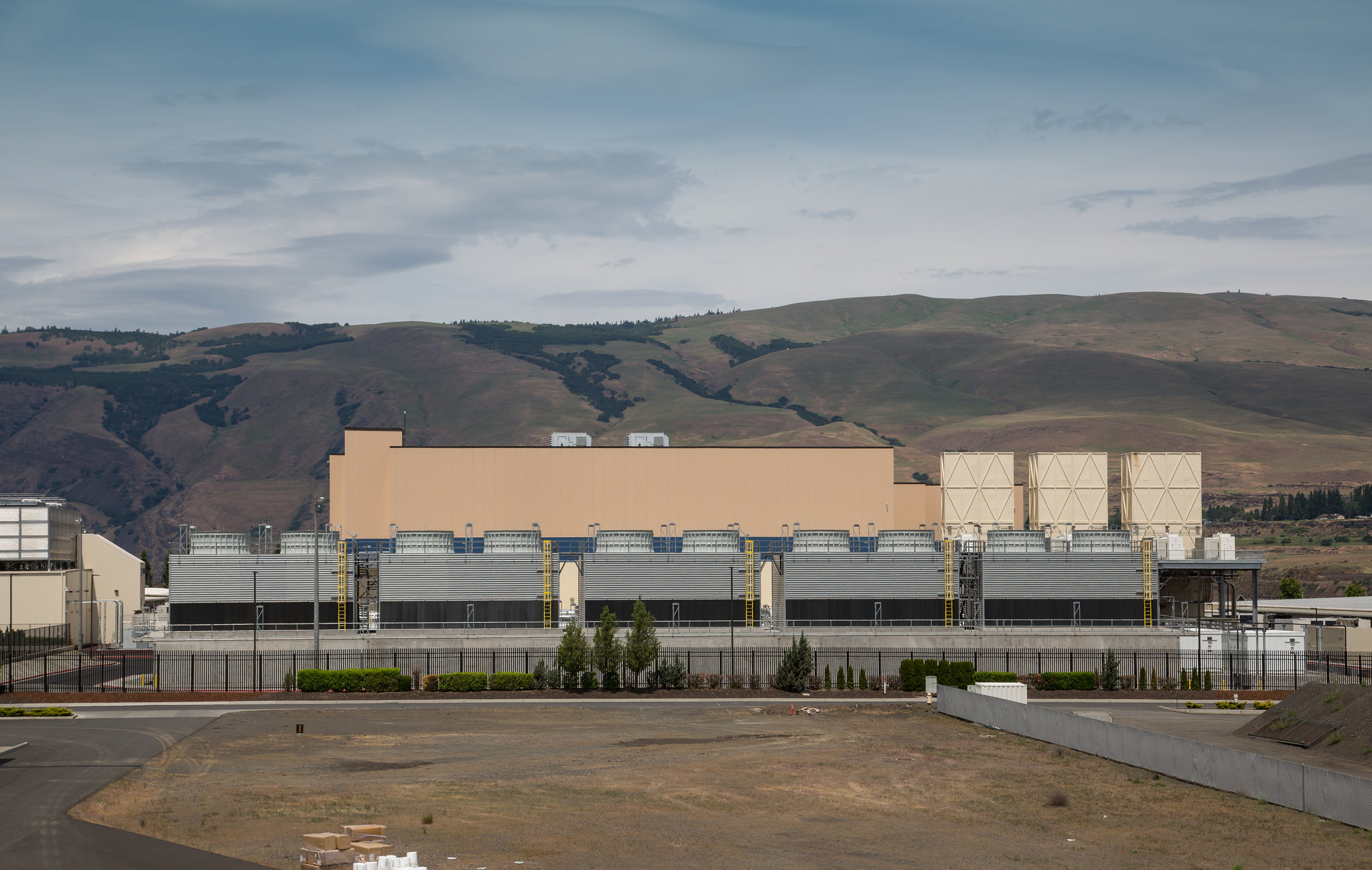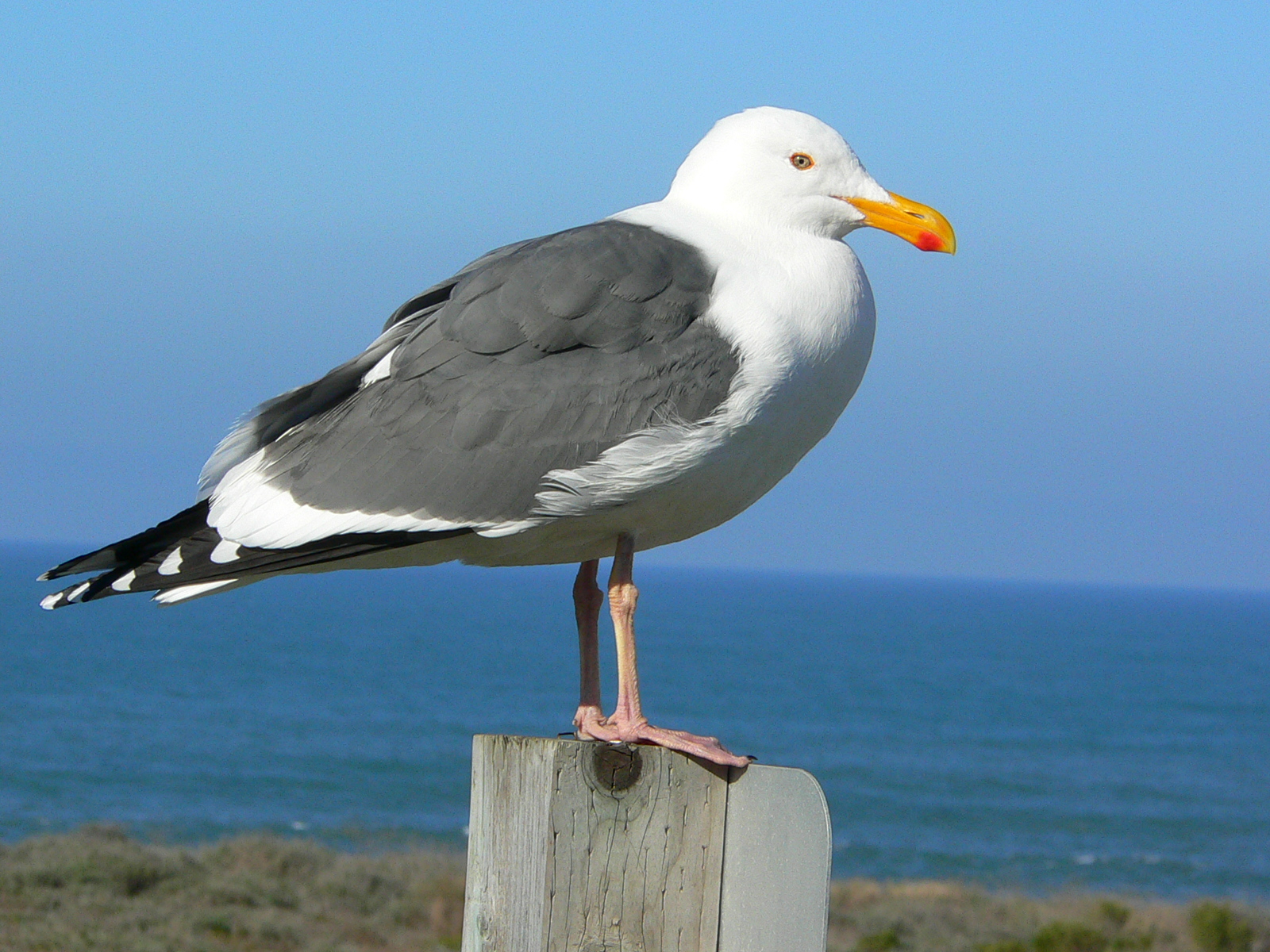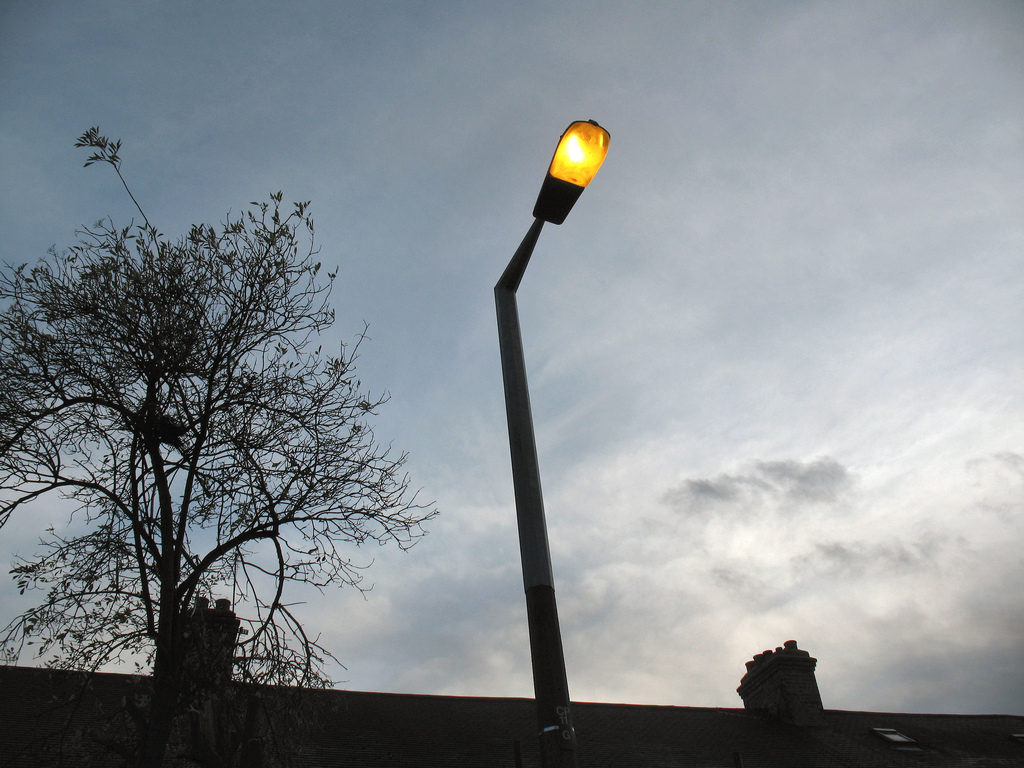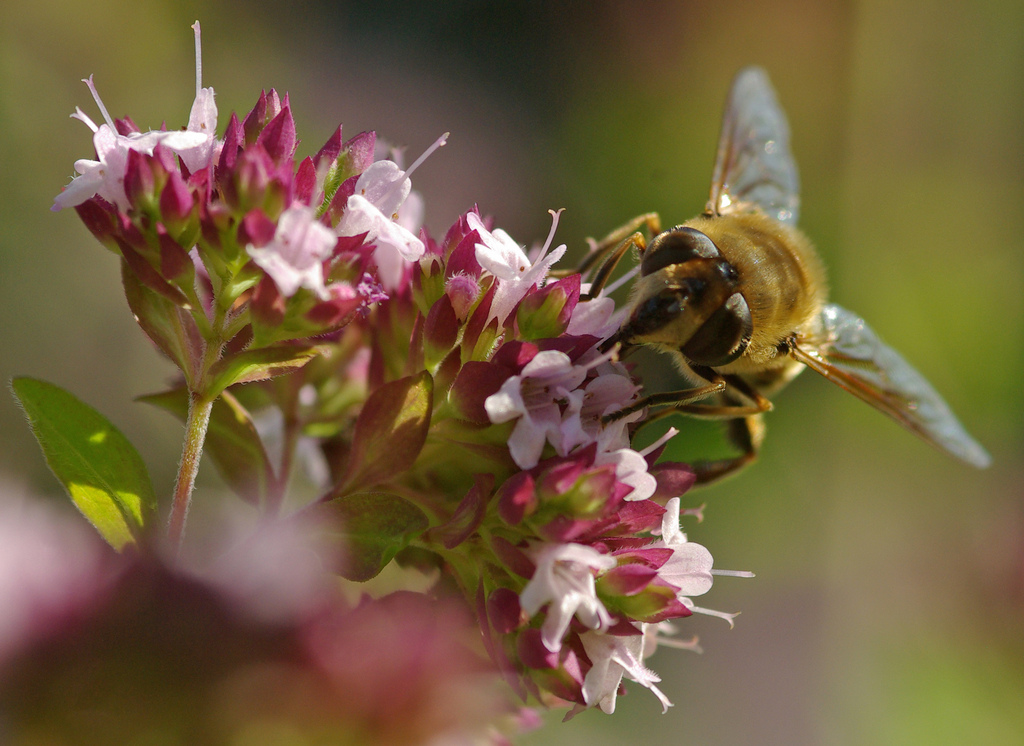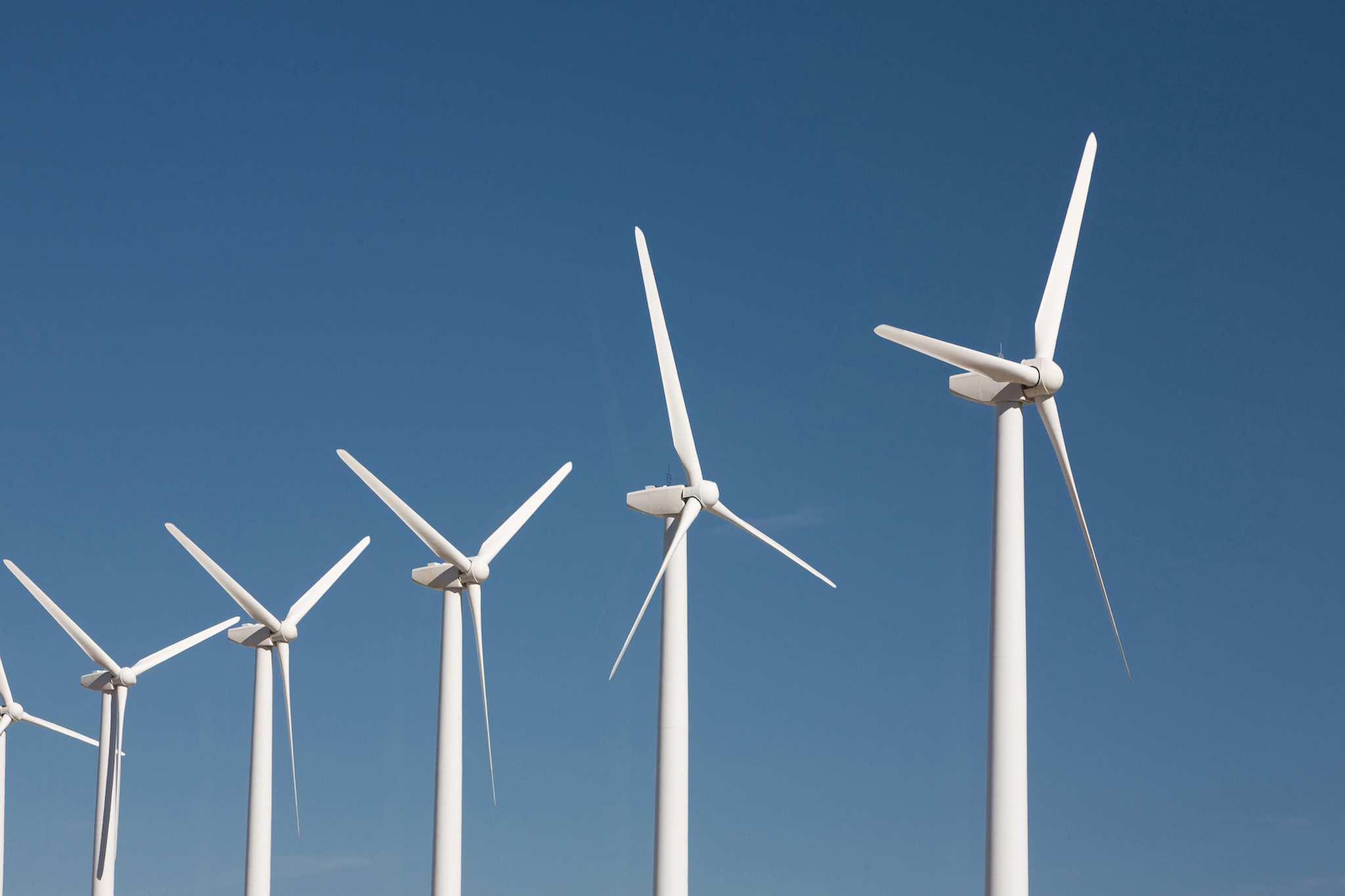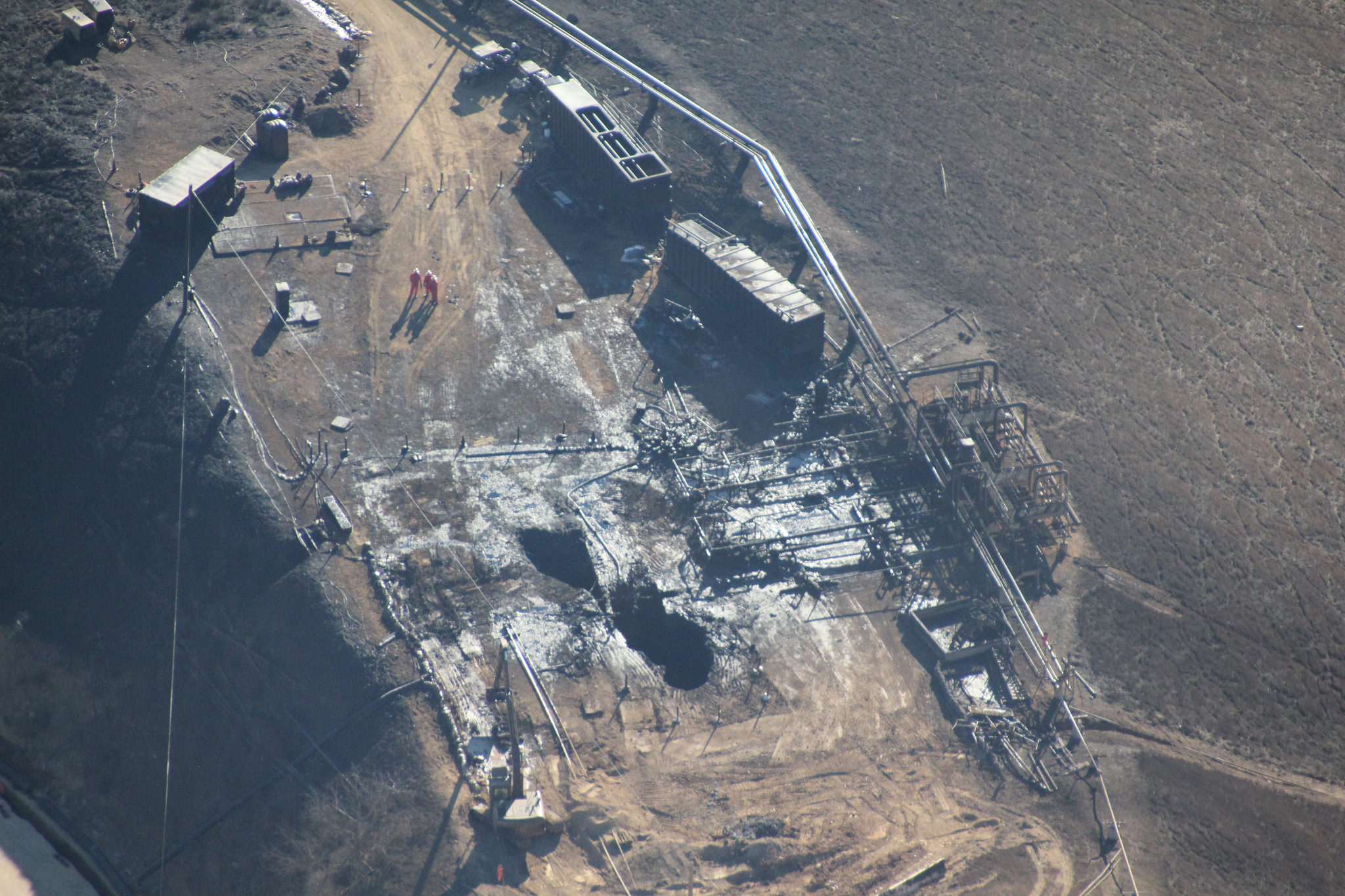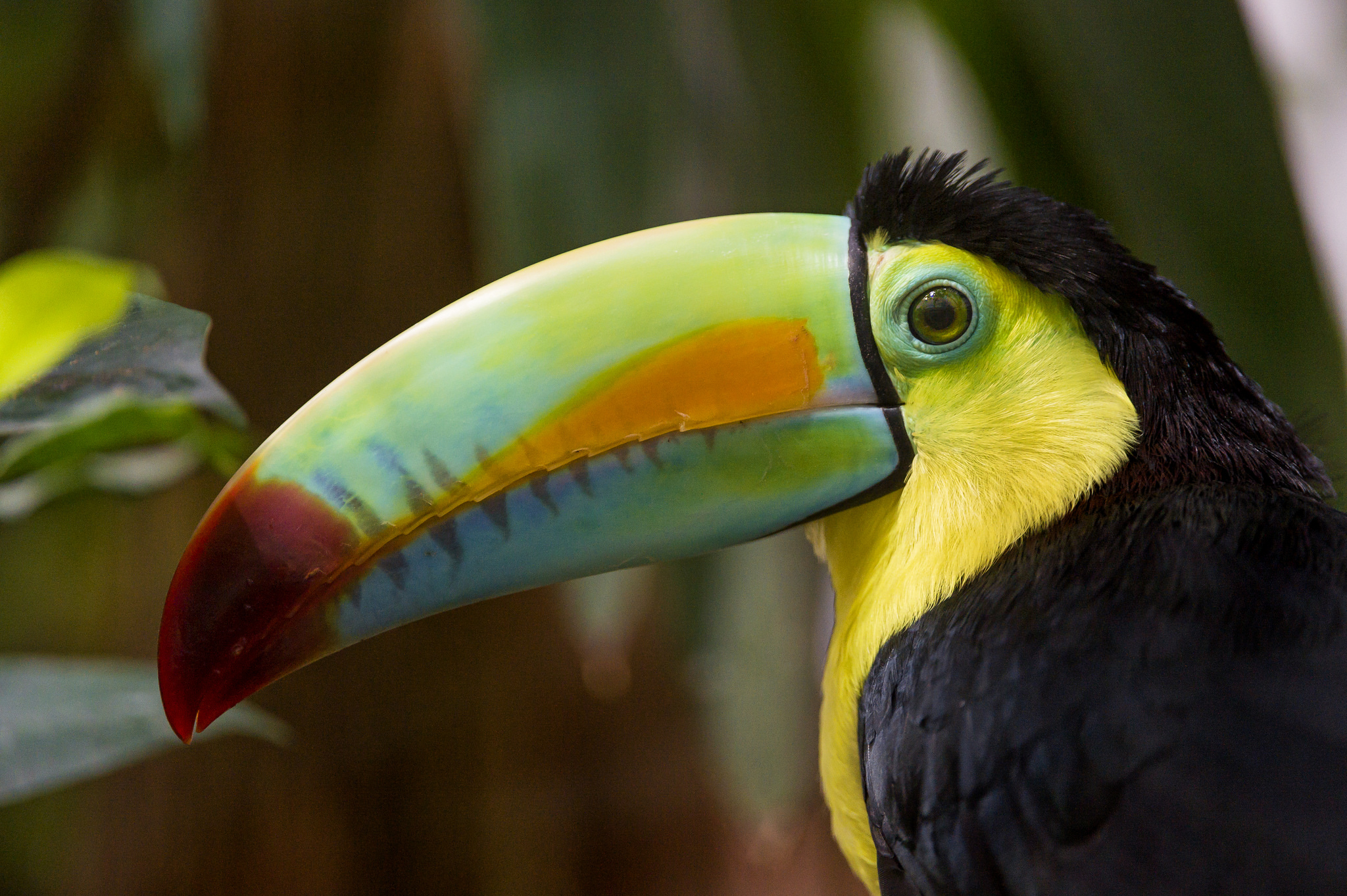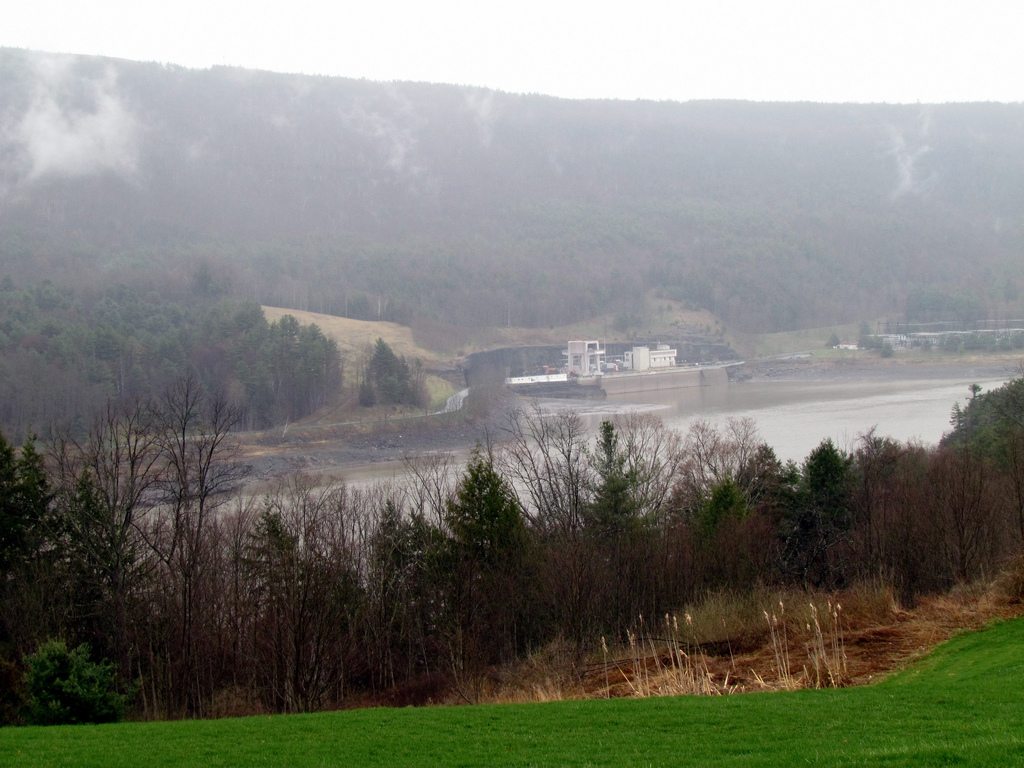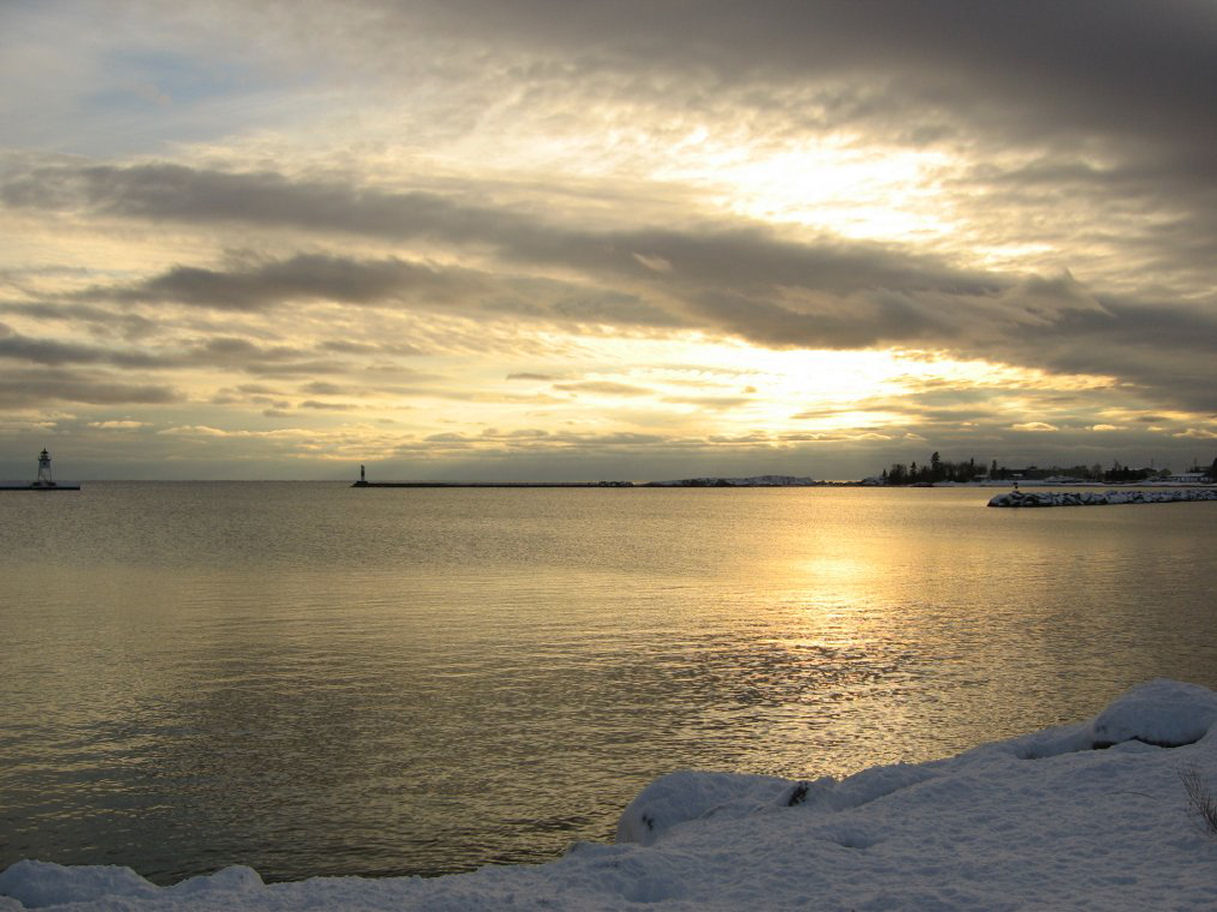Sustainable Living
Preservatives
Augmenting food with preservatives is not a recent practice. For thousands of years, we have canned fruits with sugar, preserved meats with salt, and pickled vegetables so that they could keep in hot humid environments.
Lake Ohrid: Respecting An Elder
Nestled in the mountainous border between southwestern Macedonia and eastern Albania, Lake Ohrid is a deep, ancient lake. Its waters provide refuge to hundreds of plants and animals that live nowhere else, including seventeen species of fish.
Clean Energy And The Internet
A number of large Internet companies are being very proactive in the area of clean energy. Companies like Google, Facebook, and Apple have invested billions on green energy solutions. This isn’t just good citizenship and good publicity for progressive companies, it is an essential part of the global effort to reduce greenhouse emissions.
Food Waste And Wildlife
We have talked quite a bit about food waste and in particular its impact on world hunger and on the economy. The world wastes more than $750 billion worth of food each year and 1.6 billion tons of food is left in fields, sent to landfills or scattered about the landscape. Another 7 million tons of fishery discards are dumped in the sea.
The Fight Against Day Burners
A U.S. Department of Energy webpage states that “about 10% of street lights are brightly lit during daytime and essentially waste electricity due to faulty photosensors.” Such lights are called “day burners.” While some think the 10% figure is a slight overestimate, the electricity day burners waste is significant nonetheless.
The Second Hottest Year On Record
According to the National Oceanic and Atmospheric Administration – or NOAA – 2015 was the second hottest year ever recorded in the contiguous United States.
Land, Water and Energy
The city of Holtville in California is sometimes called the “Carrot Capital of the World.” This agricultural community has signed an agreement with Australian company Infratech to build a floating solar power system for its water treatment plant.
Wild Bee Loss Puts Crops At Risk
Between 2008 and 2013, the United States lost nearly a quarter of its wild bees. Some 39% of our nation’s croplands rely on pollinators. Important farming regions – from California’s Central Valley to the Midwest’s Corn Belt – are among the areas grappling with wild bee declines.
San Diego Green
While 195 countries reached agreement on reducing greenhouse gas emissions in December, the city of San Diego made a major commitment of its own. Whereas the Paris climate accord is non-binding, San Diego has gone much further.
Crocodiles And Climate Change
Crocodiles are large aquatic reptiles that live throughout the tropics in Asia, Africa, the Americas, and Australia. The first crocodiles appeared approximately 240 million years ago – around the same time as dinosaurs. And while the resilient species did survive the last great extinction, crocodiles might not be climate change-proof after all.
Community Solar On The Rise
Most Americans are bullish on solar power. However, the majority of Americans are unable to install their own rooftop solar system because either they don’t own the place where they live or because their home is unsuitable for installing solar panels for one reason or another.
California’s Methane Leak
It’s being called the largest environmental disaster in California’s history. On October 23, 2015, a massive natural gas leak erupted at a storage well operated by Southern California Gas in Aliso Canyon, outside of Los Angeles. The leak has forced more than 2,800 families from their homes, and to make that worse, they have no idea when they’ll be able to return.
Pulling Carbon Out Of The Air
The world is increasingly united in the desire to reduce carbon emissions into the atmosphere. There is much emphasis on reducing and someday eliminating our use of fossil fuels, which is the main culprit in the situation we find ourselves in today. More and more we are embracing the use of renewable energy sources to produce electricity and we are starting to slowly move away from internal combustion engines to power our cars.
Road Salt
Snow season is here. The chances are good you’ll find yourself behind a truck spreading salt on the roads in an attempt to deice them. You may even try a little salt on your own front porch. Annually we spread about 20 million tons of road salt in the U.S., and we’ve been doing it since the late 1930s.
Norway And Electric Cars
One of the standard criticisms aimed at electric cars is whether they actually are good for the environment when everything is taken into account. For example, people worry about the amount of energy expended and the environmental impact of actually building the car. Recent studies have shown that this balances out over a relatively short amount of the car’s lifetime.
Powering The Hydrogen Highway
2016 is the first year that hydrogen fuel cell cars are available to the general public. There aren’t very many of them as yet, but Toyota, Honda, and Hyundai all have fuel cell vehicles on the market. All these companies are betting on hydrogen-powered cars as the future of personal transportation.
Right now, California is where almost all the action is for fuel cell cars but even there, there are only a handful of hydrogen fueling stations. The automakers are providing a great incentive to owners of their fuel cell cars: free hydrogen for the first couple of years. But free or not, it has to be available.
There are plans to build many more hydrogen fueling stations in California, but one problem is that it takes quite a while to commission new stations. Every car manufacturer has to perform validation tests that take weeks. As a result, it can take months to bring stations online.
California hopes to bring online a network of more than 50 stations by the end of 2016, mostly in Southern California and in the San Francisco Bay Area. Thanks to a new device developed by Sandia National Laboratories and the National Renewable Energy Laboratory, this rapid deployment of new stations now looks possible.
It is called the Hydrogen Station Equipment Performance device, or HyStEP, and it acts like a surrogate for vehicles and eliminates the need for each manufacturer to test separately. Testing can be done in less than a week.
Streamlining the process for commissioning hydrogen fueling stations is one important step towards building the hydrogen highway.
**********
Web Links
Speeding up the hydrogen highway
Photo, posted June 14, 2014, courtesy of Flickr.
Earth Wise is a production of WAMC Northeast Public Radio.
Primates And Toucans As Climate Allies
Many of us have a soft spot for primates and toucans. These charismatic creatures are prized for their intellect and beauty. But did you know they also play a vital role in combating climate change?
